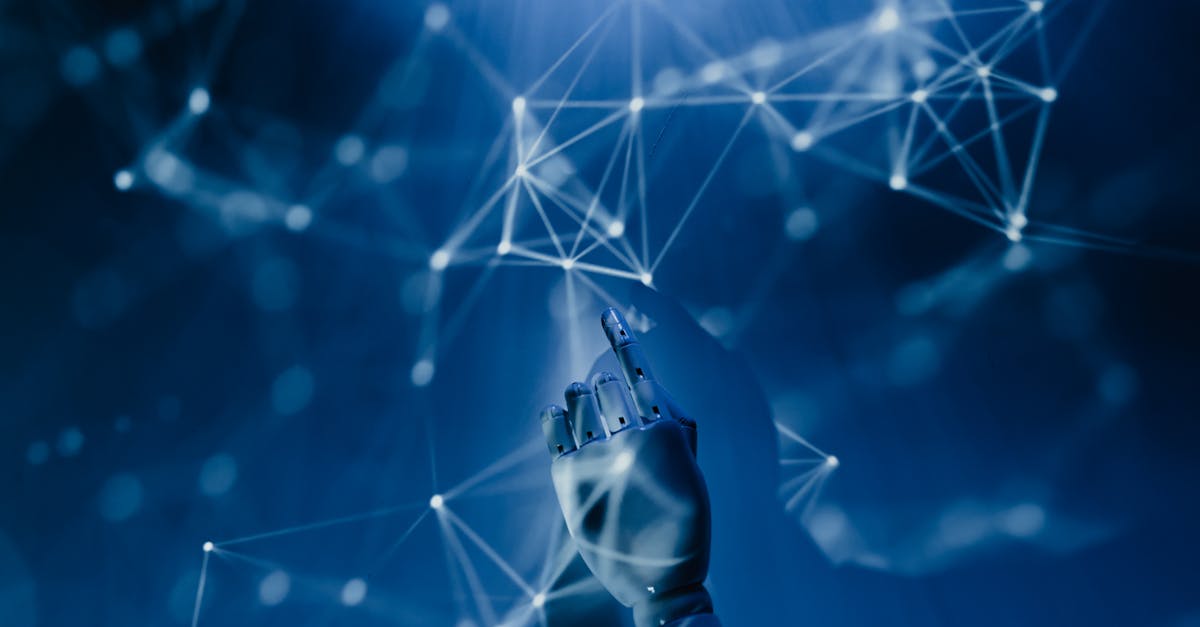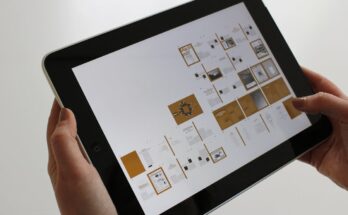Hey there! Feeling like your workweek is packed with stuff that just takes *forever*? Like sorting through emails that aren’t really important, typing the same things over and over, or just getting stuck on where to even start with a big project? You’re not alone. Lots of folks feel weighed down by the repetitive or slow parts of their jobs. What if there was a way to make those tasks zip by, freeing you up for the cooler, more interesting stuff? That’s where something called Artificial Intelligence, or AI, comes in. It’s quietly but powerfully changing how we all get things done. In this article, we’re gonna chat about exactly how AI is stepping in to make modern work less of a drag and more… well, modern! Stick around to see how this tech is helping people work smarter, not just harder, and what that could mean for you.
Your Super-Speedy Sidekick for Tedious Tasks
Think about all the little, sometimes boring, chores that fill up your day. Scheduling meetings, answering basic customer questions, sorting through mountains of data just to find one thing. These are important jobs, but they eat up a ton of time. AI is becoming like that super-efficient friend who loves doing the stuff you don’t. They’re built to handle these repetitive, rule-based tasks incredibly fast and accurately. For instance, imagine you work in an office, and you get hundreds of emails every day asking the same basic questions. Instead of a person spending hours replying to each one, an AI chatbot can pop up, understand the question, and provide the right answer instantly. Or maybe you need to schedule meetings with five different people across different time zones. An AI scheduler can look at everyone’s calendar, find the best time that works for everyone, and send out invites – all while you’re grabbing a coffee. It’s like having a little robot helper on your team, taking care of the busywork so you can focus on the things that actually require your brainpower and human touch.
Turning Data Mountains into Molehills
Okay, let’s talk about data. Businesses today collect *tons* of information – about what customers like, how people use websites, sales figures, you name it. Trying to make sense of all that info manually is like trying to count every grain of sand on a beach. It’s practically impossible and takes forever. AI is a total game-changer here. It can look at massive datasets in the blink of an eye, spot patterns, find trends, and pull out important insights that a human might never notice. Imagine a company that wants to know why some customers buy a product and others don’t. An AI can analyze purchase history, website clicks, even social media comments, and tell them, “Hey, people who live in X area and are interested in Y tend to buy this product!” This helps companies make better decisions, faster. It’s like having a detective who can read a million books at once and tell you the single most important sentence from all of them.
AI: Your Brainstorming Buddy, Not Your Replacement
Sometimes, the hardest part of a project is just getting started or coming up with fresh ideas. Staring at a blank page can be tough! Good news: AI isn’t just for boring tasks; it can actually give your creativity a nudge. Think about writing. If you need to draft an email, a social media post, or even the first paragraph of a report, AI tools can help generate initial text based on your prompts. They can offer different ways to phrase something or suggest topics to cover. If you’re designing something, AI can help create rough layouts or suggest color palettes. It’s not about the AI doing the creative work *for* you; it’s about it being a partner. Like having a friend to bounce ideas off of, who happens to have read the entire internet and can give you a million suggestions in seconds. You still bring the main idea, the unique perspective, and the final polish. AI just helps break through that initial inertia or gives you raw material to play with.
Making Smarter Calls, Faster
Big decisions often involve lots of factors and potential outcomes. Predicting what might happen or figuring out the best path forward can be super complicated and risky. AI can step in as a really smart advisor by analyzing complex situations and predicting probabilities. For example, a business might use AI to predict which products will be popular next season based on current trends and past sales data. Or a logistics company might use AI to figure out the most efficient delivery routes, taking into account traffic, weather, and delivery times. It looks at way more variables than a person could juggle in their head and helps point towards the most likely positive outcome. It’s like having a co-pilot who’s instantly processed every map, weather report, and traffic update simultaneously, helping you choose the smoothest flight path.
Making Things Feel Just Right for You
Have you ever noticed how some websites or apps seem to know exactly what you’re interested in? Or how a customer service chat feels surprisingly helpful right away? A lot of that is AI at work, creating personalized experiences. AI helps companies understand individual preferences and behaviors, allowing them to tailor interactions. This could be showing you products you’re more likely to buy, recommending content you’d enjoy, or routing your customer service call to the right person who can help you fastest. For folks working in these areas, AI automates the personalization process, making it easier to provide great service to lots of different people. It makes interacting with services smoother and more relevant, making both the customer’s life and the employee’s job easier because they’re dealing with more focused, useful information.
Learning and Getting Better All the Time
One of the coolest things about AI is its ability to learn. Unlike traditional software that only does exactly what it’s programmed to do, many AI systems can analyze new data and improve their performance over time without needing constant reprogramming. Think about a system that detects fraudulent transactions. When it sees a new type of fraud attempt, a learning AI can analyze it, understand the patterns, and get better at spotting similar attempts in the future. This means the tools people use at work powered by AI aren’t static; they’re constantly evolving and becoming more effective at handling tasks and recognizing patterns. It’s like having an intern who not only learns quickly but actually gets smarter with every task they complete, continuously improving how they do their job.
The Human Touch: Why AI Still Needs Us
With all this talk about AI doing amazing things, it’s super important to remember what AI *can’t* do – at least not yet. AI is fantastic at processing data, following patterns, and automating tasks. But it doesn’t have empathy, creativity in the human sense (it rearranges existing ideas, it doesn’t have original inspiration), critical thinking that involves complex moral or ethical judgments, or the ability to build genuine human relationships. We still need people for brainstorming truly novel ideas, handling sensitive customer issues with compassion, making high-level strategic decisions that require nuanced understanding of people and culture, and leading teams. AI is a powerful tool, like a super-advanced hammer, but you still need a skilled carpenter to build something great. The best workflows of the future will likely involve people and AI working together, each doing what they’re best at.
So, wrapping things up, it’s pretty clear that AI isn’t just some futuristic concept anymore; it’s actively changing how we work right now. From tackling boring, repetitive tasks that eat up our time to helping us dig through massive piles of data and even giving our creative juices a flow state kickstart, AI is becoming a handy tool in the modern workplace. It helps make decisions smarter, personalizes experiences for everyone involved, and keeps getting better the more it’s used. The big takeaway here is that AI is mostly about making work smoother, faster, and letting us focus on the parts that need our unique human skills – things like empathy, creativity, and complex problem-solving. It’s not about replacing people, but about giving us superpowers to do our jobs better and maybe even make work a little less of a grind. The future of work looks a lot like people and AI teaming up!




